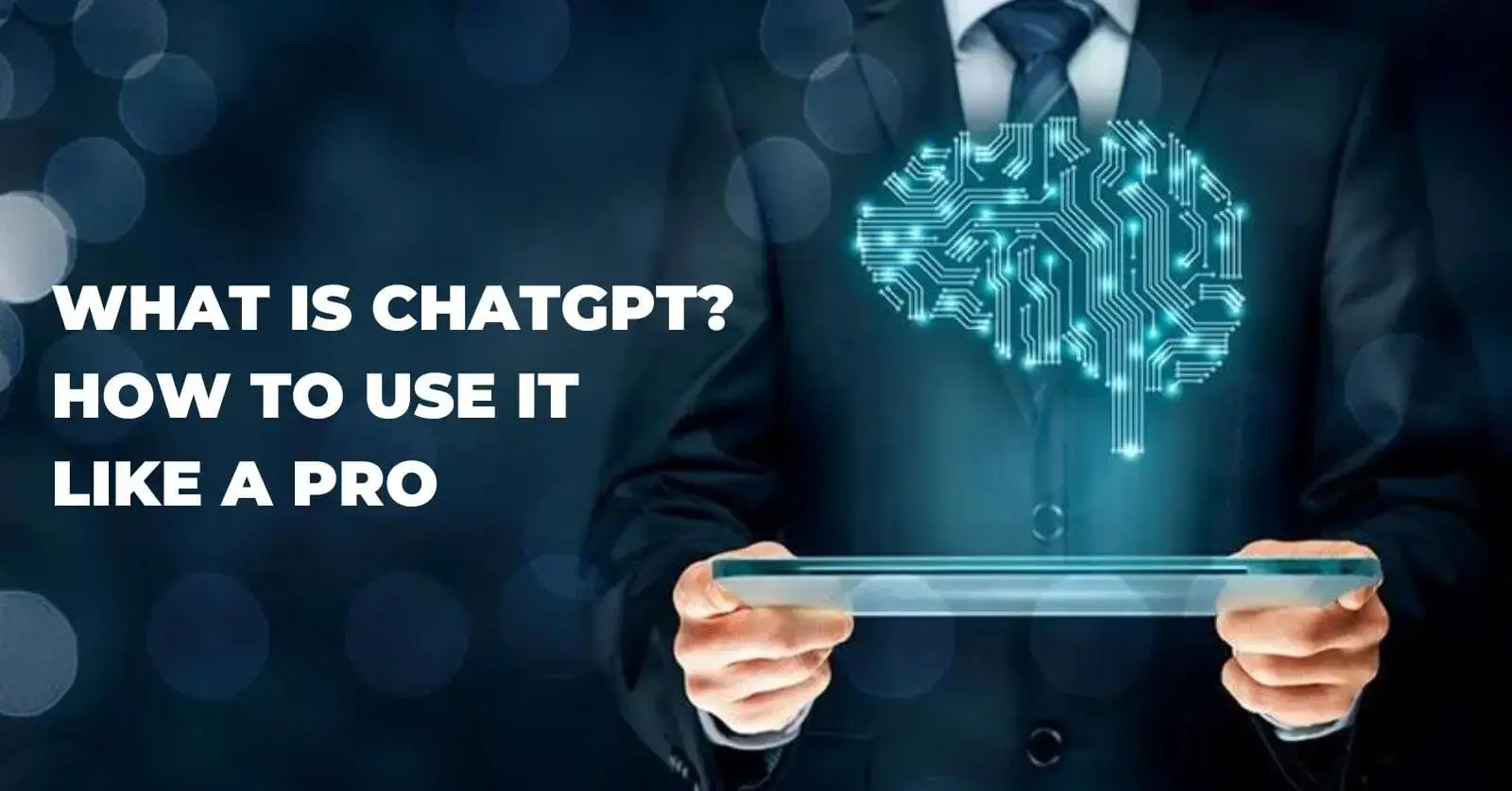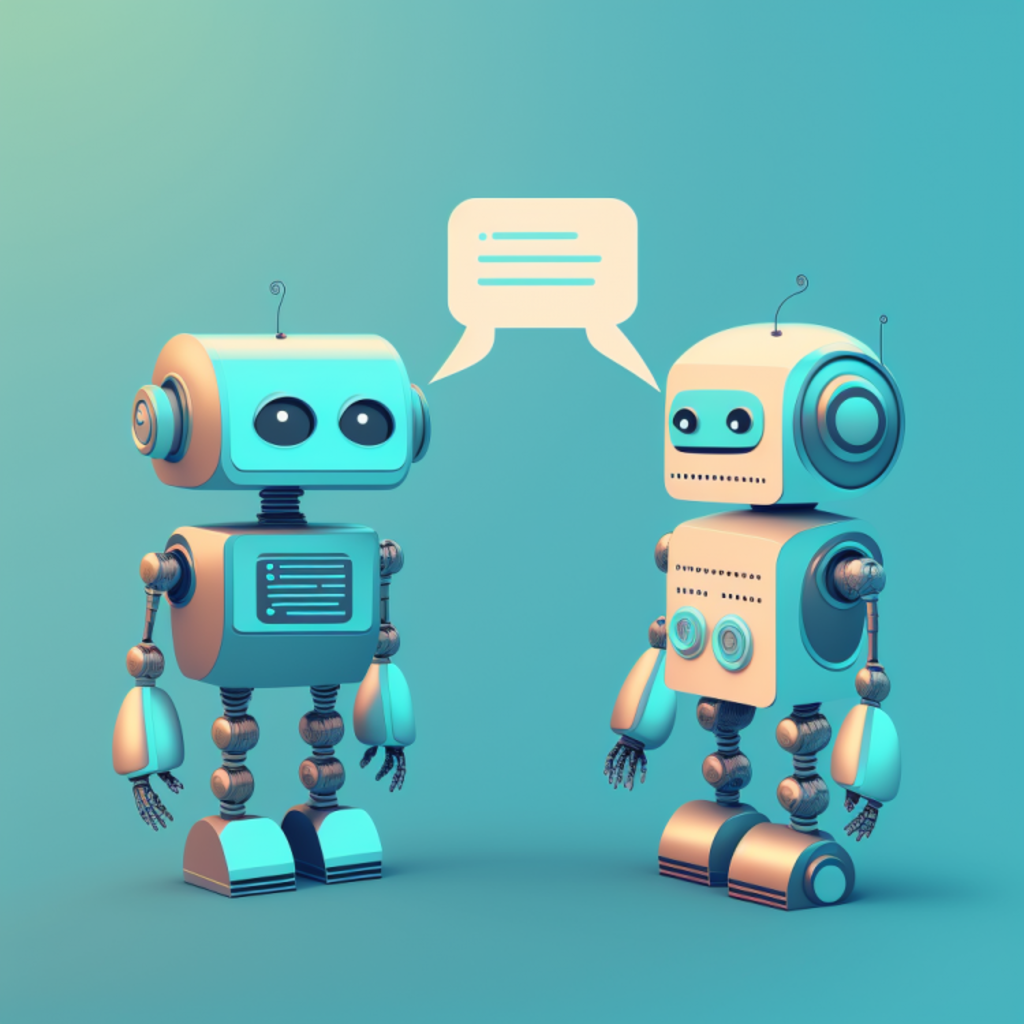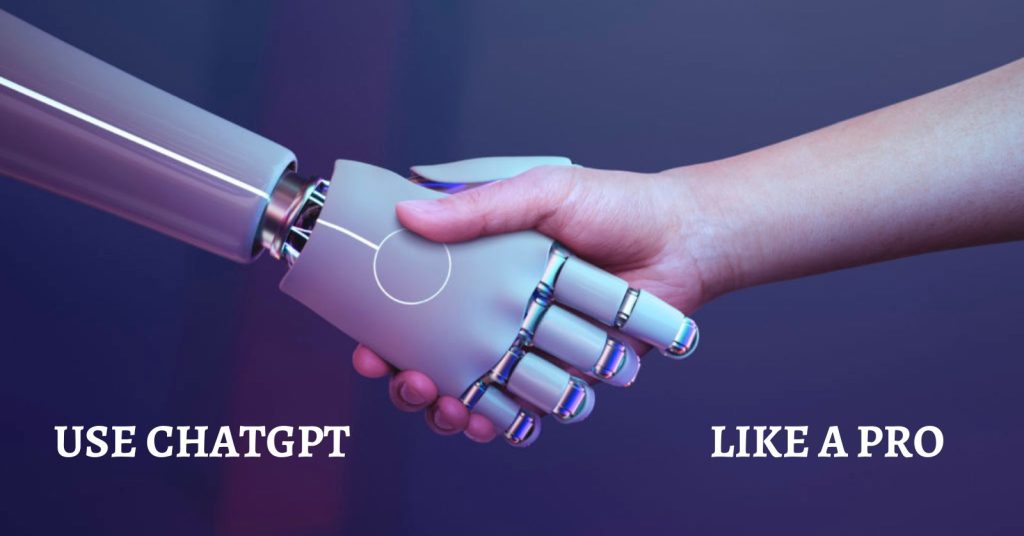
What Is ChatGPT & How To Use It Like A Pro
Let’s explore the world of Artificial Intelligence today. Yes, you have heard us right, we are about to discuss not so insignificant ChatGPT!
Whether you’re a developer looking to build a chatbot or a researcher working on natural language processing, this blog will provide valuable information on what is ChatGBT & how to effectively utilize the capabilities of ChatGPT.
What is ChatGPT?
ChatGPT is a cutting-edge language model developed by OpenAI that can understand and respond to a wide range of natural language inputs. Using a GPT (Generative Pretrained Transformer) architecture, it is capable of answering questions, completing texts, and translating languages.

Principles of ChatGPT
ChatGPT is built on the principles of deep learning and natural language processing (NLP).
Deep Learning
It is a subset of ML that is based on artificial neural networks, which are designed to mimic the way the human brain works. This allows ChatGPT to learn patterns and relationships in the data it is trained on and to make predictions and generate text similar to human-written text.
Natural Language Processing(NLP)
NLP is a subfield of artificial intelligence concerned with the interaction of computers and human languages. It is trained on a wide range of internet text because it is designed to understand and respond to natural language inputs. This enables it to comprehend the context of the input and generate responses that are relevant and meaningful in that context.
The GPT (Generative Pre-trained Transformer) architecture is also an essential principle in the building of ChatGPT. GPT uses a transformer architecture allowing the model to process and learn from the entire sequence of data rather than a fixed-length window, allowing for more accurate predictions and better handling of long-form text.
Additionally, ChatGPT was pre-trained on a large corpus of text data, allowing it to understand the context and generate human-like responses without fine-tuning specific tasks, making the model more flexible and efficient.
How was ChatGPT trained?

ChatGPT was trained using an unsupervised learning process. Unsupervised learning requires the model to learn from a large dataset of unlabeled text data, a corpus, rather than specific labeled examples. The model is then trained to automatically learn patterns and relationships in the data.
In the case of ChatGPT, the training corpus was a diverse range of internet text, which allowed the model to learn the nuances of human language and the context in which words and phrases are used. The model was trained using a technique called maximum likelihood estimation, which involves adjusting the model’s parameters to maximize the likelihood of the training data.
Additionally, during the training process, the model was exposed to a diverse set of texts, so that it learned to generate human-like text and also to understand different dialects, languages, and cultures.
How to use ChatGPT like a pro

Here are a few tips to use ChatGPT like a pro:
- Understand the input: ChatGPT is trained to understand natural language inputs, but it’s important to make sure that the input is clear and well-formatted. This will help the model understand the context and generate a more accurate response.
- Provide a prompt: ChatGPT is a generative model, which means it generates text based on a given prompt. Providing a clear and specific prompt will help the model understand what kind of response you are looking for.
- Use fine-tuning: ChatGPT is pre-trained on a large corpus of text data, but it can also be fine-tuned on smaller datasets for specific language tasks. This allows the model to learn the specific patterns and relationships in the data and generate more accurate responses.
- Use the right API endpoint: OpenAI offers several API endpoints for ChatGPT, each with different capabilities. Make sure to use the endpoint that best fits your use case.
- Be aware of the model’s limitations: ChatGPT is a powerful language model, but it is not perfect. It is important to check the generated text for errors and inconsistencies.
- Continuously monitor & improve the model’s performance: As the model is exposed to new inputs and data, it’s important to evaluate its performance and make updates, and fine-tune as necessary.
By following these tips, you can effectively utilize the capabilities of ChatGPT and generate high-quality responses for your specific use case.
What are limitations of ChatGPT?
ChatGPT is a powerful language model, but like any other AI model, it has certain limitations. Here are a few limitations of ChatGPT:
- Lack of common-sense understanding: ChatGPT has been trained on a large corpus of text data, but it also needs an understanding of the common sense and the real world. It may generate responses that are factually incorrect or illogical.
- Limited understanding of specific topics: ChatGPT is trained on a diverse range of internet text, but it may need a deeper understanding of specific specialized topics or domains.
- Bias in the training data: It is trained on data that may contain biases and stereotypes. This can lead to the model reproducing these biases in its responses.
- Limited ability to understand sarcasm and irony: ChatGPT is trained to understand natural language inputs, but it may struggle to understand sarcasm and irony, leading to confusion or inappropriate responses.
- Limited ability to understand the context: ChatGPT understands the context to some degree, but it may need the ability to understand the context as a human would.
- Limited ability to understand and produce images, videos, or other forms of data.
- Limited ability to understand and produce emotional and social cues.
It’s essential to keep in mind these limitations when using ChatGPT and to verify the generated text for errors and inconsistencies. Regular monitoring and fine-tuning can improve the model’s performance and reduce these limitations.
Will Language Models Replace Google Search?
Language models like ChatGPT are advanced and powerful tools, but it is likely that they will replace Google search partially. While they can understand and respond to natural language inputs and generate human-like text, they still need help understanding common sense, specialized topics, and context.
Google search, on the other hand, is a powerful search engine that uses advanced algorithms ,chatgpt SEO and machine learning techniques to index and ranks web pages. It is designed to provide accurate and relevant search results in response to user queries. Google search can understand the context of the query, and it can provide information from a wide range of sources, including web pages, images, videos, and news articles.
Moreover, Google search is continuously updated with new features, such as voice search and voice commands, personalized results, and the ability to answer specific questions, making it more efficient and user-friendly.
Language models like ChatGPT can enhance the search experience, for example, by providing more accurate and human-like responses or by generating text based on a user’s query. However, it is unlikely that they will replace Google search entirely, as Google search is specifically designed for web search, and it is continuously updated to provide better results.
Conclusion:
Finally, ChatGPT is a powerful language model created by OpenAI that can understand and respond to a wide range of natural language inputs. It can perform various language tasks, including question answering, text completion, and language translation.
However, it has certain limitations, such as a lack of common-sense understanding, limited understanding of specific topics, bias in the training data, limited ability to understand sarcasm and irony, limited ability to understand and produce images, videos, or other forms of data, and limited ability to understand and produce emotional and social cues.
Let’s dive in! Get started for free
